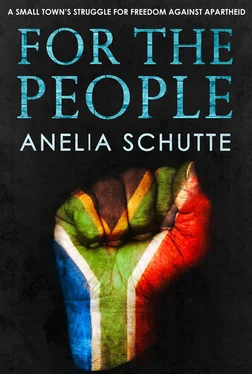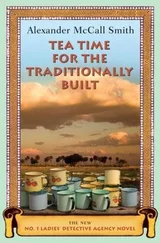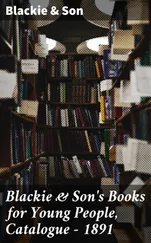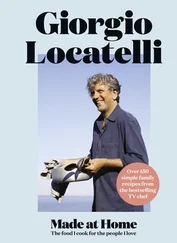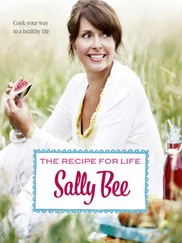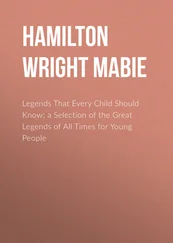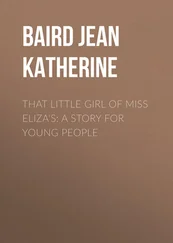Adding to her crisis of confidence was the job title: senior social worker. The society already had two social workers who were far more experienced than Owéna, especially when it came to dealing with children and families. Yet she was offered the senior position – with the higher salary that came with it – only because, she suspected, she was white and they were coloured, or mixed-race.
Owéna didn’t know much about politics. She’d been born in 1944 to a conservative Afrikaans family who, like most Afrikaners, respected the government’s authority and accepted its decisions unquestioningly – even when, from 1948, that government was the National Party with its separatist ideals.
Owéna’s upbringing wasn’t a particularly privileged one, not by white South African standards. Her father was a station-master for the national railways, a job that hardly paid a handsome wage, and her mother was a housewife who’d married in a simple sundress because her family couldn’t afford a wedding gown.
Owéna was just four years old when the National Party came into power and introduced apartheid. So she didn’t find it strange that there was a separate queue at the post office for black and coloured people. It was just the way it had always been. She didn’t even notice the separate counters in butchers’ shops, where the prime cuts were displayed behind glass at the whites-only counter, while black and coloured customers had to take whatever sinewy off-cuts they got. And when Owéna used a public toilet, she never stopped to ask why she could only go through the door euphemistically marked ‘Europeans only’ when she had never been to Europe.
Like most South Africans, Owéna had never travelled anywhere beyond the borders of her country. It was just too expensive, and she had no real desire to see the rest of the world.
Despite her blinkered view on the world around her, Owéna still felt uncomfortable at the idea of going into a new job above two colleagues based purely on the colour of her skin. But, needing to work, she accepted the job.
She spent her first day in Knysna in bed with a migraine.
If Owéna had worried that the coloured social workers would hold a grudge against her, she needn’t have. When she turned up for her first day at the Knysna Child and Family Welfare Society – or ‘Child Welfare’, as the locals called it – her new colleagues couldn’t have been friendlier or more welcoming.
Good humour was necessary in their line of work. Child Welfare dealt with cases ranging from child abuse and neglect to alcoholism and domestic violence. Clients came mainly from Knysna’s sizeable coloured community, with the occasional case from the few black families who lived among the coloured. White families’ welfare, on the other hand, was seen to by a Christian organisation in town.
While Owéna was working a six-day week at Child Welfare, Theron was teaching in the mornings and working on the house in his spare time. He had found a coloured bricklayer and two black labourers to do most of the building work, leaving him to make things like the window frames and staircases where he could put his woodworking skills to good use.
With no workshop or equipment at the building site, Theron did most of the woodwork at the boarding house where he made the window frames by hand, cutting the joints with the minute precision he’d mastered under the microscope in biology class.
The people of Knysna soon got used to the sight of the new teacher and his social worker wife driving through town with their window frames, some three metres long, tied to the roof of their Borgward station wagon.
At the building site, Owéna helped as best she could at the weekends, happily holding this here and hammering that there as instructed by Theron. The house was coming along nicely, and she allowed herself to daydream of the family they would raise there.
Little did she know that a much bigger development was under construction not far from theirs. To the east of Knysna, just on the other side of a hill, new roads were being scraped, water pipes were being laid, and one identical house after the other was being built.
Knysna’s first township was underway.
Chapter 4
Digging
Knysna has been racially segregated for as long as I remember. Growing up in the 1980s, I lived in a white neighbourhood, went to a white school, ate in white restaurants and swam in a white sea. The coloured children had their own homes and schools in Hornlee, a formal township where all the coloured people lived. The black children, on the other hand, stayed in the various squatter camps on the other side of the hill where they were out of sight of most white people.
The squatter camps or shanty towns were informal settlements where people lived in self-built shacks. Townships, on the other hand, were those areas especially built for black or coloured people (never mixed) by the government. Townships, having been planned and built from scratch, had at least some services like water, electricity and sewage. Squatter camps didn’t.
As a child born into apartheid South Africa, I didn’t find any of that strange. It was just the way it was. What I do find strange is that now, fifteen years after the first democratic election and the abolishment of the Group Areas Act, most of Knysna’s coloured people still live in Hornlee. And most black people are still in the squatter camps.
The circumstances up there are considerably better these days, as most of the squatter camps are being upgraded to better-serviced townships, and small brick houses are replacing the shacks. But I still thought there’d be more integration now that the racial divide is no longer law. I don’t know what I was expecting; maybe some black people living on my parents’ street, or a friendly coloured family popping over from next door for tea. But my parents’ neighbours are as white as they’ve always been. The only real difference is that their walls are higher and their fences spikier than before.
My mother says it is starting to happen, the integration. Apparently there are one or two black families living in a block of flats in their neighbourhood. The house prices are the problem, says my mother. Most black people can’t afford to buy property in Knysna. In fact, most white people can’t afford to buy here any more.
I don’t know anything about Knysna’s development, now or then, so I start asking questions. When was Hornlee built? Where did the first black people live? And why are the townships where they are? But my mother doesn’t know all the answers, and nor does my father.
The obvious place to start looking for answers is the Knysna Municipality, the local authority for the Knysna area. If there are any records of how and when the coloured and black townships were developed, they’ll be there.
It doesn’t come as a surprise that the municipality’s archive team know who my parents are. Most people in Knysna do – it’s the result of my father having been a teacher at what used to be the only white school in town, and my mother’s constant fundraising and campaigning efforts for Epilepsy South Africa.
It helps to open doors – in this case the heavy steel door to a walk-in safe containing years’ worth of town council meeting minutes and correspondence meticulously filed, indexed and bound in thick hardback volumes. Frustratingly, they only date back to 1980 – ten years after my parents first moved to Knysna. Anything older, I’m told, has been archived in Cape Town.
Even so, the volumes from 1980 onwards make up thousands of pages.
I’m not allowed to take away any of the records, so for three days I turn up when the municipality offices open and stay there until they close, a packed lunch of breakfast bars, fruit and sandwiches from my mother keeping me going so I don’t even have to break to eat.
Читать дальше
